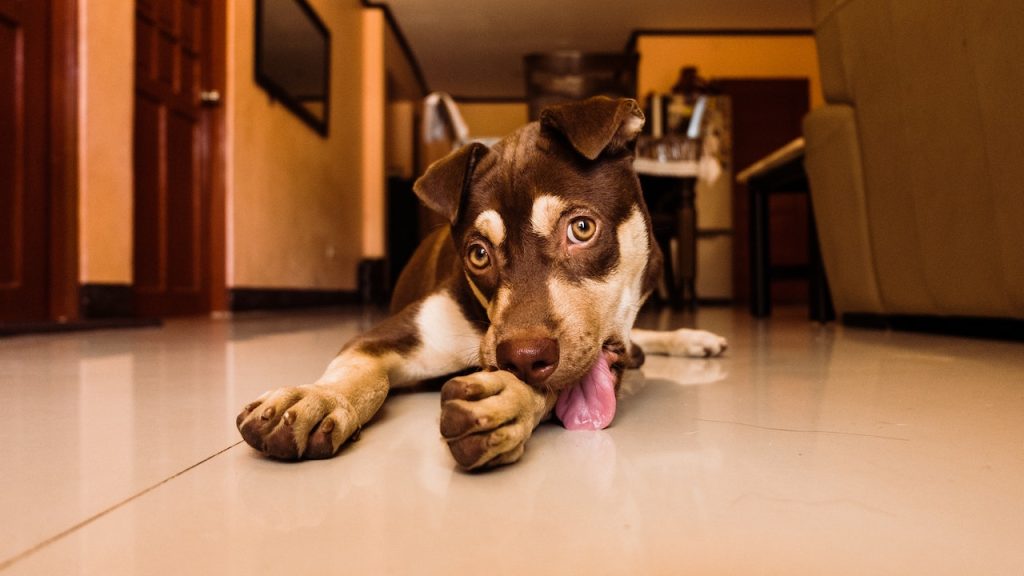Bringing a furry friend into your home is a joyous occasion, but ensuring their comfort and safety is paramount. One essential aspect of responsible pet ownership is choosing the right crate size for your dog. Crates offer a safe haven for your canine companion, whether during travel, training, or simply providing a cozy space. In this article, we will walk you through the process of selecting the perfect crate size for your furry friend, ensuring their well-being and happiness.

The Importance of Crate Size
Choosing the right crate size for your dog is crucial for several reasons:
Comfort
Dogs need space to move, stretch, and turn around comfortably. A crate that’s too small can cause discomfort and stress.
Safety
An appropriately sized crate prevents injuries and ensures your dog stays securely contained.
Housebreaking
Crates aid in housebreaking by limiting your dog’s access to the house. A well-fitted crate encourages them to “hold it” until you let them outside.
Travel
When traveling with your dog, the right crate size ensures they travel securely and comfortably.
How to Measure Your Dog
Before choosing a crate size, you need accurate measurements of your dog:
Length
Measure your dog from the tip of their nose to the base of their tail. Add 2-4 inches for small breeds and 4-6 inches for larger breeds.
Height
Measure your dog’s height from the top of their head or ears to the ground. Add 2-4 inches for comfort.
Width
Measure the widest part of your dog’s body, usually the shoulders. Add 2-4 inches for comfort.
Factors to Consider
Age and Growth
Consider your dog’s age and growth potential. Puppies may require a larger crate as they grow.
Activity Level
Active dogs may prefer more space, while more sedentary dogs can do well in a cozier crate.
Purpose
Think about why you need the crate. Is it for training, travel, or a quiet space at home?
Breed
Different breeds have different space needs. Research your specific breed for guidance.

Selecting the Crate Type
Wire Crates
- Advantages: Good airflow, visibility, and collapsible for storage.
- Disadvantages: May not be cozy, might need added bedding.
Plastic Crates
- Advantages: Cozy and secure, great for travel.
- Disadvantages: Limited visibility and airflow.
Soft-Sided Crates
- Advantages: Lightweight and portable.
- Disadvantages: Less durable, not suitable for chewers.
FAQs (Frequently Asked Questions)
How do I know if the crate is the right size for my dog?
Ensure your dog can stand up, turn around, and lie down comfortably. There should be some extra space, but not too much.
Can a crate be too big for a dog?
Yes, if a crate is too large, it may not provide a sense of security and may not aid in housebreaking.
Should I get a crate with a divider for a growing puppy?
Yes, a divider can make a larger crate suitable for a growing puppy by adjusting the available space.
Can I leave my dog in a crate for extended periods?
No, dogs should not be crated for more than a few hours at a time. They need exercise and social interaction.
How can I make the crate inviting for my dog?
Place comfortable bedding, toys, and treats in the crate to make it a pleasant place for your dog.
What if my dog has anxiety in the crate?
Gradual crate training, treats, and positive associations can help reduce crate anxiety.

Choosing the right crate size for your dog is an essential aspect of responsible pet ownership. It ensures your furry friend’s comfort, safety, and well-being. Remember to measure your dog accurately, consider their needs, and select the appropriate crate type. By doing so, you’ll create a cozy haven where your dog can feel secure and content.
Read more blog posts!



